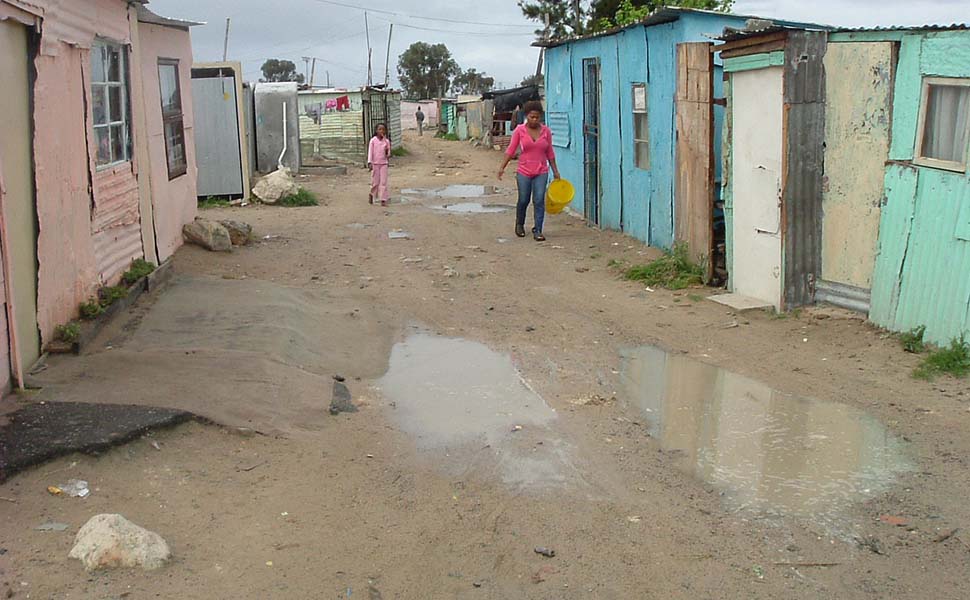
How can we make our cities healthier for our children?
The urban environment, at neighbourhood or community scale, has been recognised by international research to shape illness, health and well-being. The Healthy Cities for Children project of the Children's Institute involves a multi-disciplinary research team which focuses on the well-being of children in diverse urban settings in South Africa.
Beyond the reaches of Cape Town's green-lung suburbia, the roads are flanked by an uneven collection of government housing projects and informal settlements. And each season brings with it a host of problems: flooding in winter, explosive heat in summer.
And now, a University of Cape Town researcher has also brought to light the specific household living conditions in these areas, which determine where a child will land on the scale of nutritional inequality.
Living in a rural area is also an important determinant when it comes to things like stunting and being underweight.
Winnie Chepeng'etich Sambu, from the Children's Institute at University of Cape Town, says that stunting among children is at 14% in urban areas, and 20% in rural areas. Interestingly, stunting in urban areas is highest amongst the so-called 'coloured' communities, and overall, males suffer more from malnutrition than do females. A staggering 43% of children in informal settlements do not have access to adequate sanitation whereas in urban areas it is at 6%.
Almost a third of children in informal urban areas live in overcrowded spaces, and overcrowding has a direct link with malnutrition, she explains.
Sambu was one of several researchers presenting their work at the colloquium on Healthy Cities for Children, presented by the Children's Institute and the African Centre for Cities in Cape Town on 20 and 21 January.
The importance of looking at children's rights as a cross-cutting issue is highlighted by some of Sambu's eye-opening statistics: Globally, there are over 1 billion children living in an urban setting. Every year the world's urban population increases by 60 million, and authorities are increasingly unable to provide for basic infrastructure and services.
As a result, she says, things like “poor housing and sanitation, inadequate access to water, and overcrowding" play a significant role in increasing the number of children with poor growth.
Poor growth, in turn, leads to an increase in child morbidity and mortality. Other research presented at the colloquium included, among others, a focus on child neglect in the context of poverty and substance abuse in a new urban settlement; the impact of flooding of informal settlements on child health; and “Open Streets" and the role of children in South African street design and use. For a full list of speakers and topics on the programme, visit www.ci.org.za.
This activity is connected to the CityLab Programme
Photos: Copy Right, ACC, African Centre for Cities










